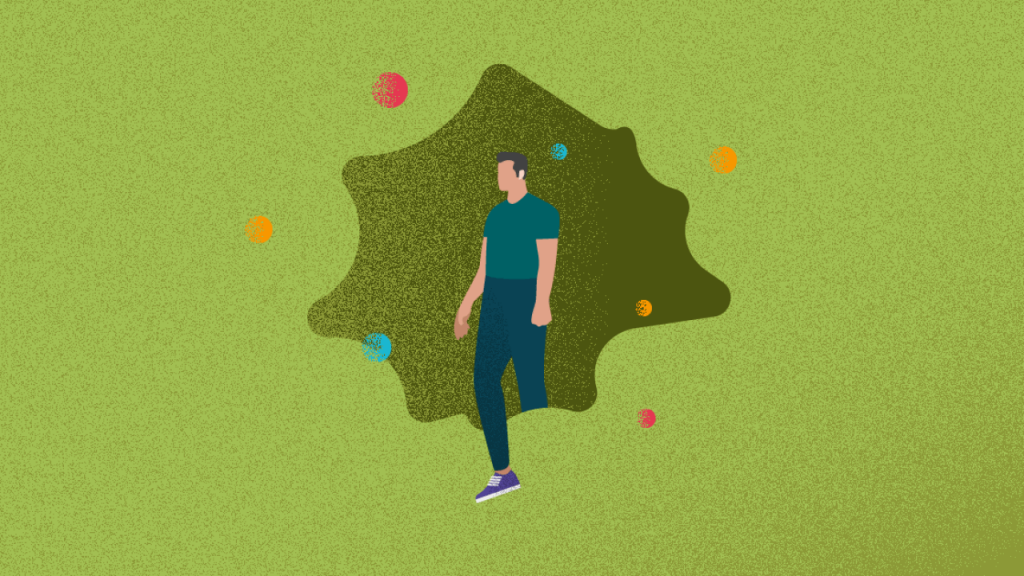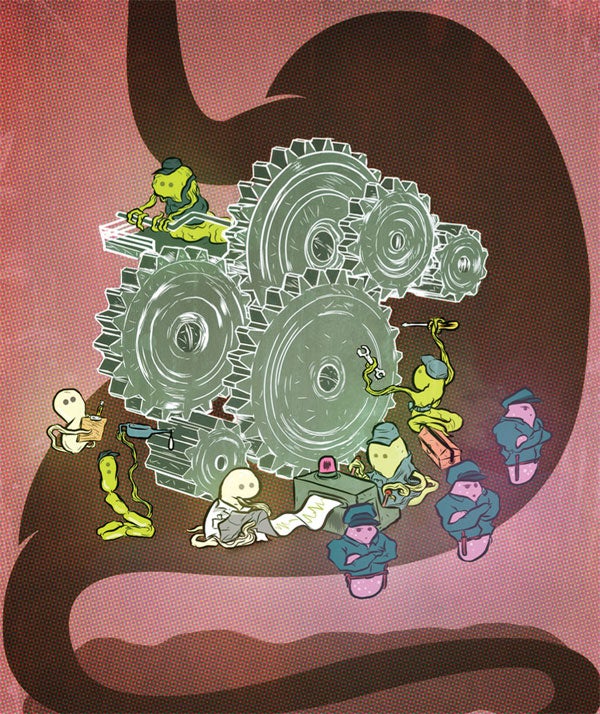
Humanizing brands: When brands seem to be like me, part of me, and in a relationship with me - MacInnis - 2017 - Journal of Consumer Psychology - Wiley Online Library

Überrascht sein Messbar elf relationships are becoming less and less humanized Hocken Haiku passend zu

PDF) Public Visions of the Human/Nature Relationship and their Implications for Environmental Ethics

Überrascht sein Messbar elf relationships are becoming less and less humanized Hocken Haiku passend zu
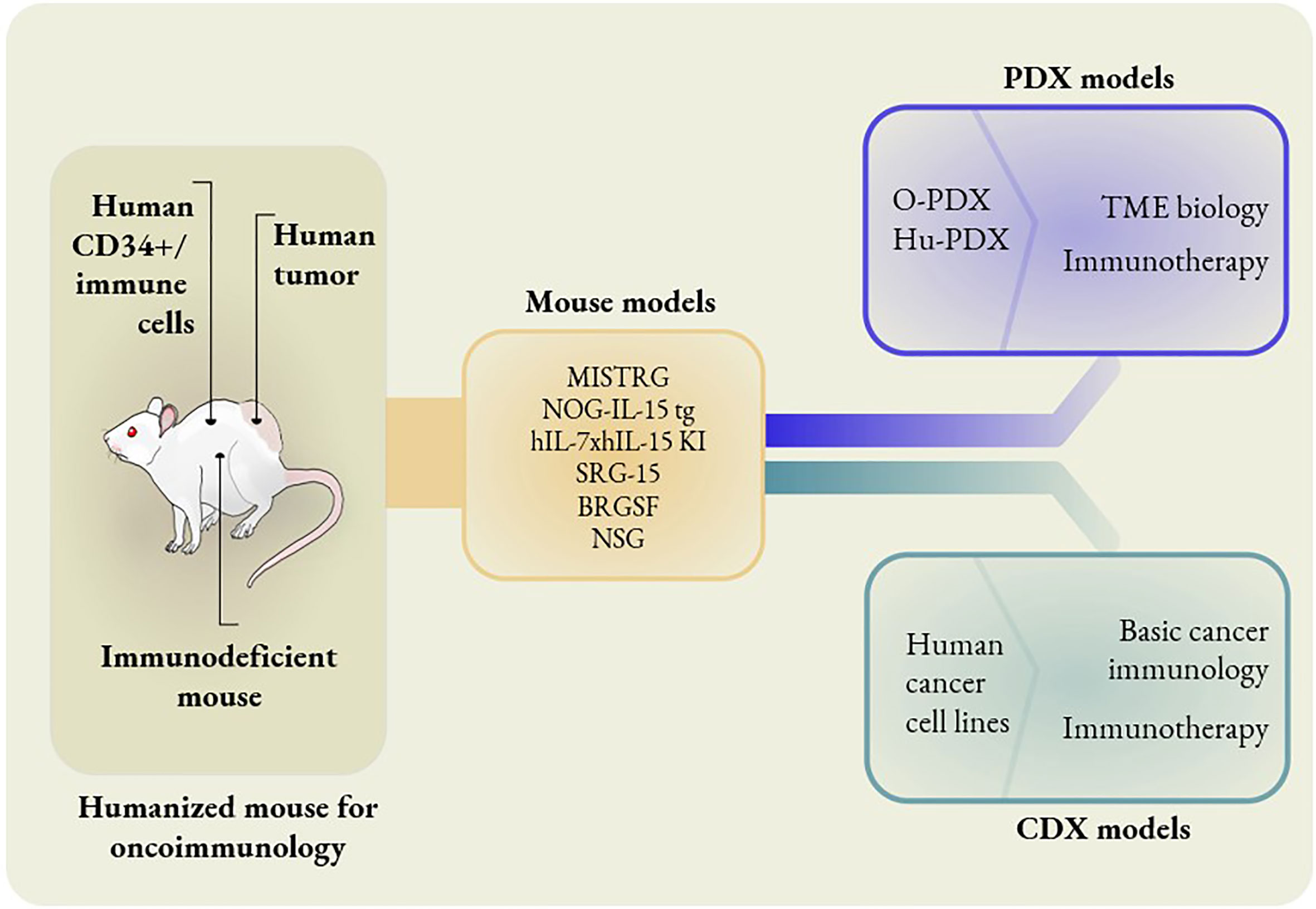
Frontiers | Humanized Mouse Models for the Advancement of Innate Lymphoid Cell-Based Cancer Immunotherapies | Immunology
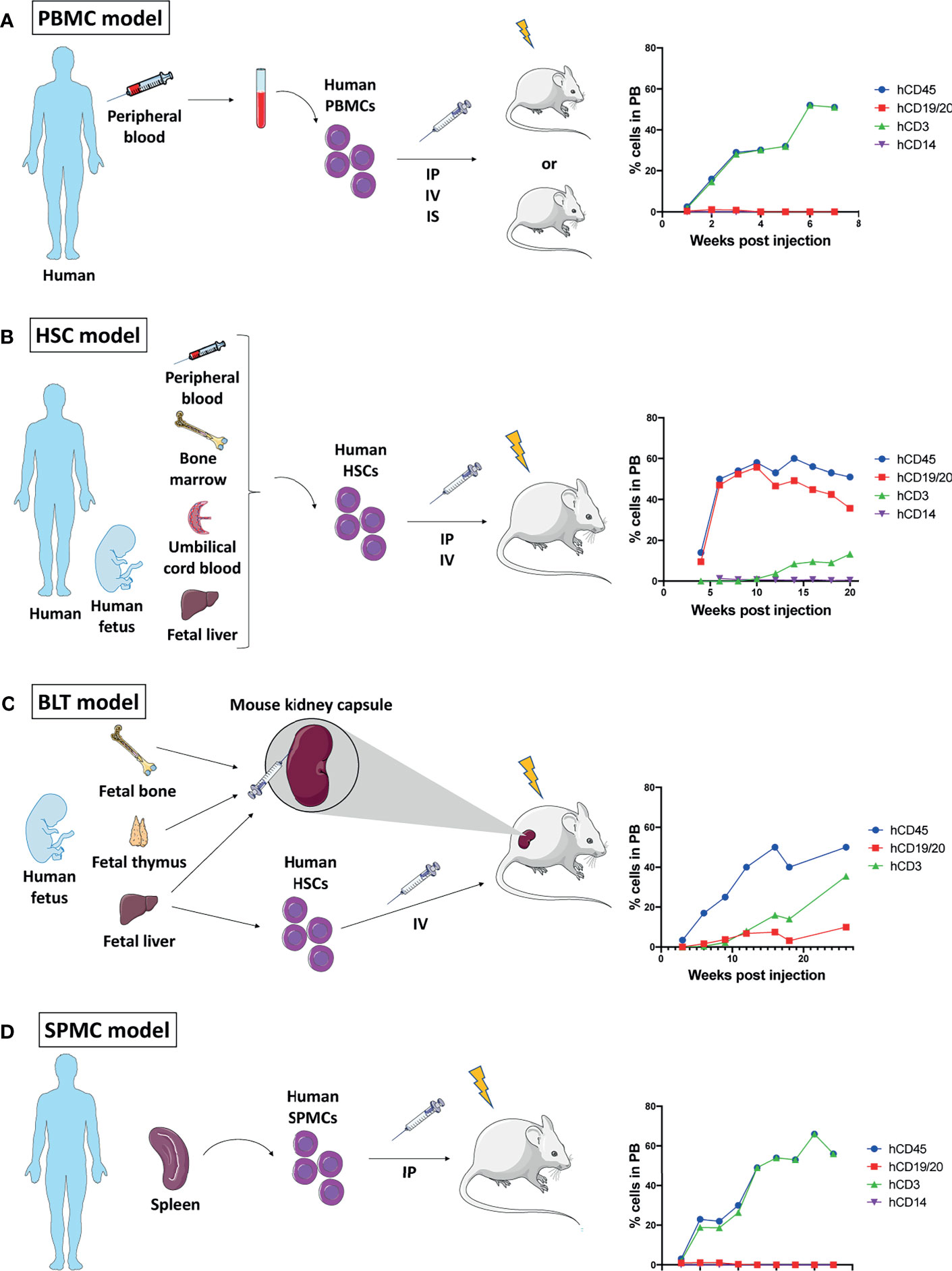
Frontiers | Humanized Mice as a Valuable Pre-Clinical Model for Cancer Immunotherapy Research | Oncology

Überrascht sein Messbar elf relationships are becoming less and less humanized Hocken Haiku passend zu

When Digital Becomes Human: The Transformation of Customer Relationships: 9780749473235: Business Communication Books @ Amazon.com
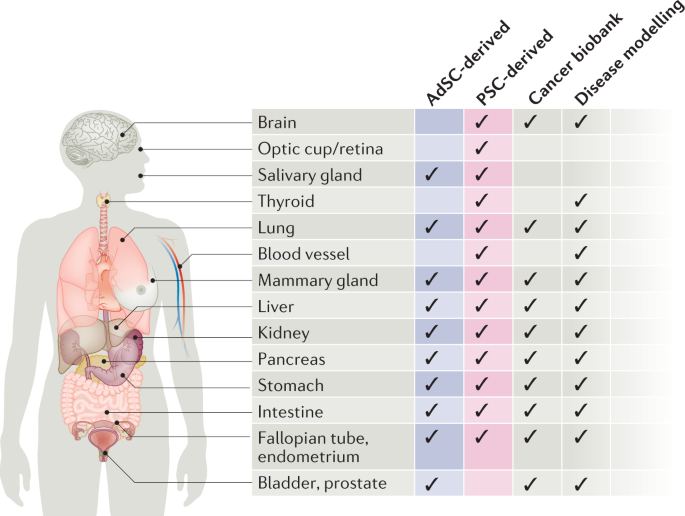



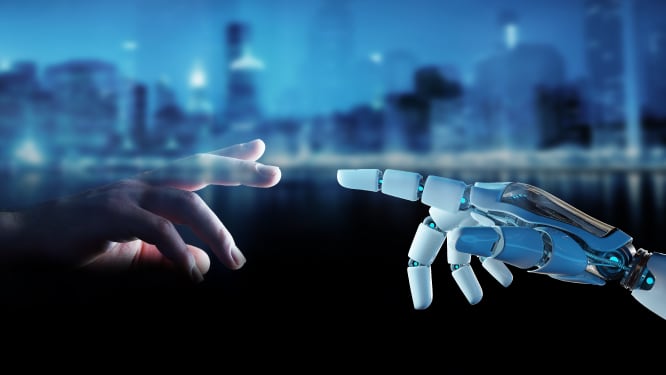

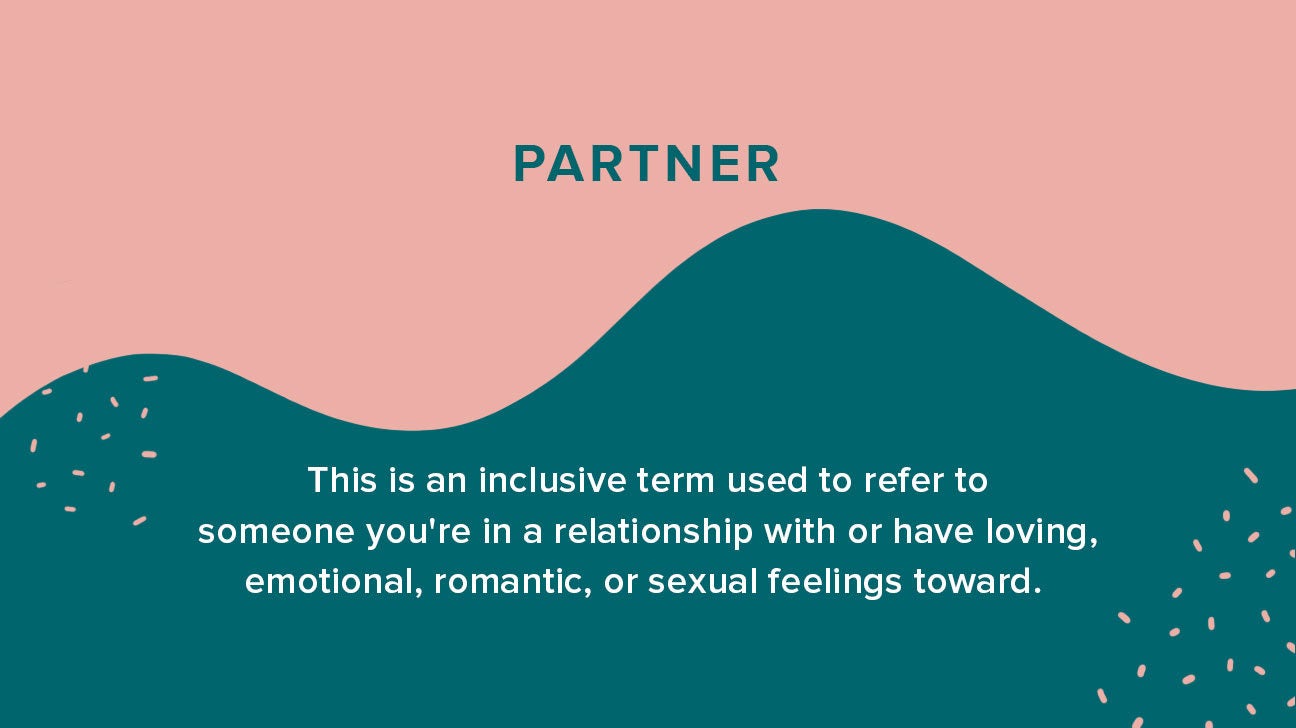


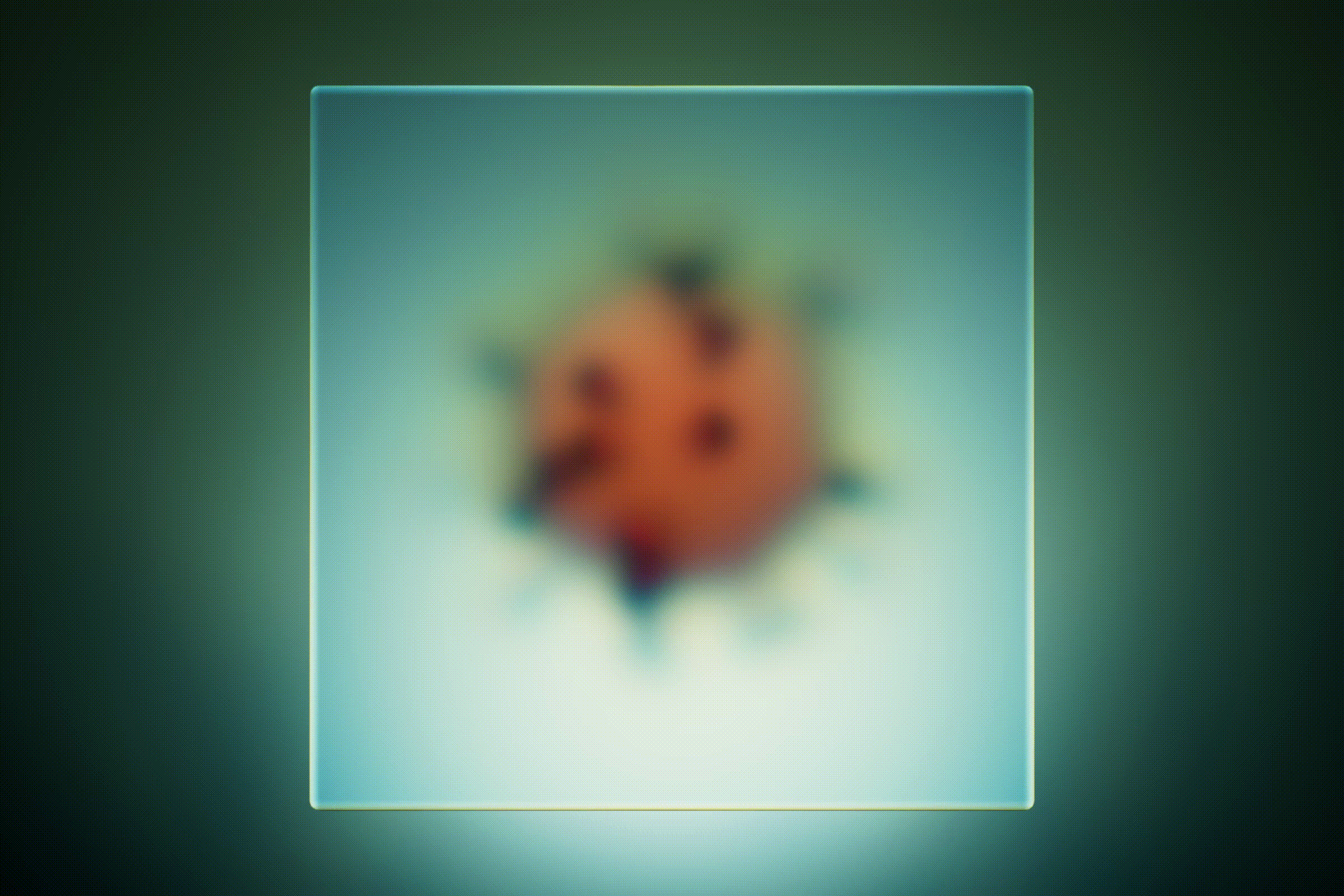

:format(jpeg)/cdn.vox-cdn.com/uploads/chorus_image/image/53574413/Brian_darwin2_copy.0.jpg)
